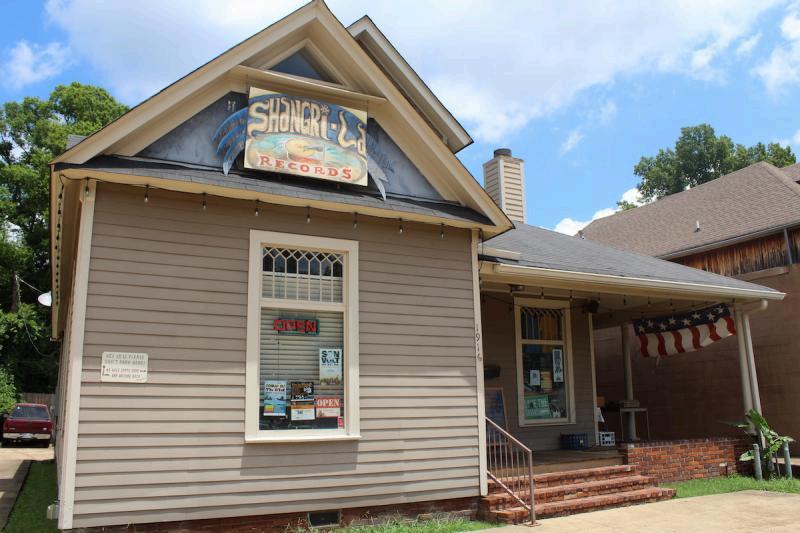
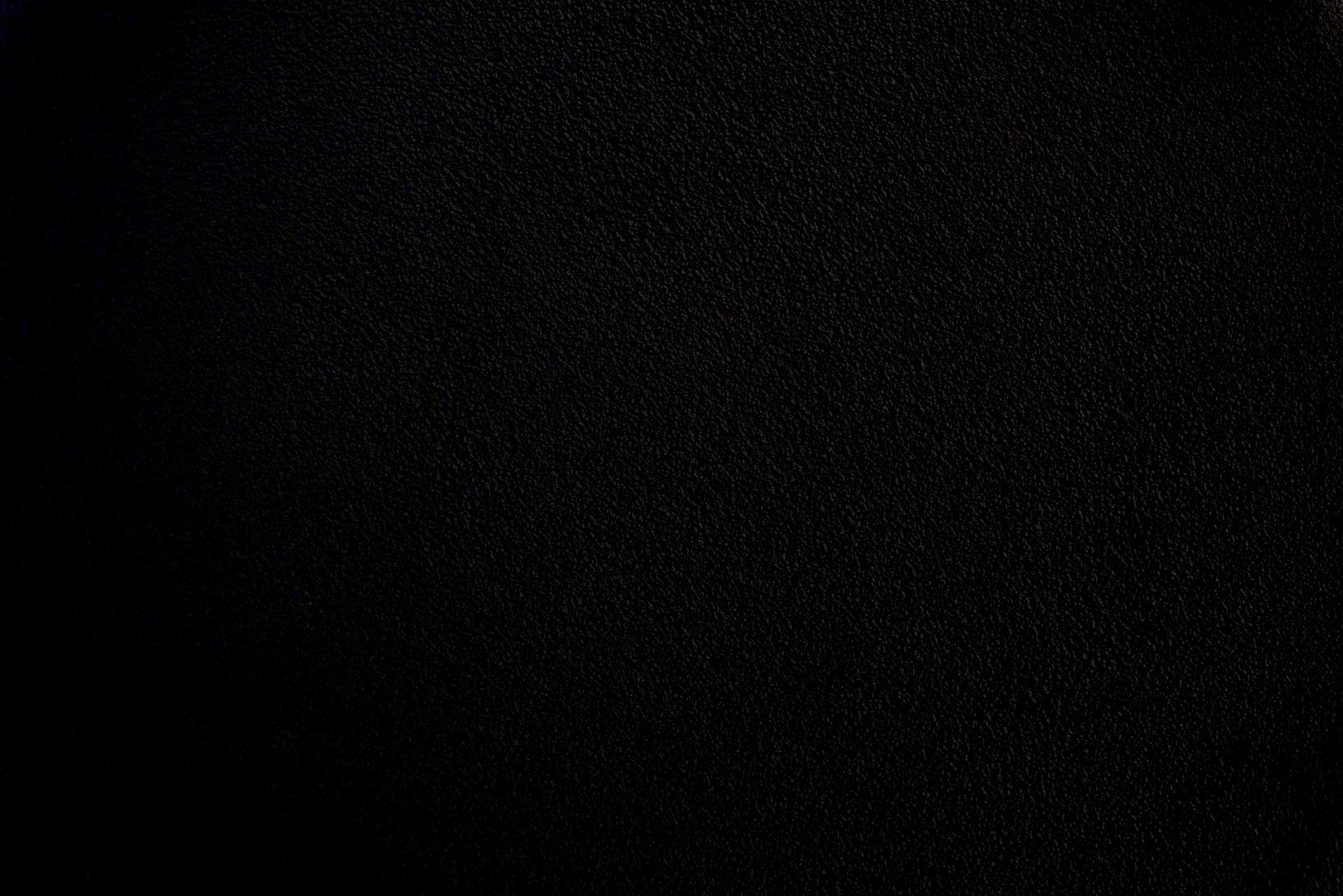

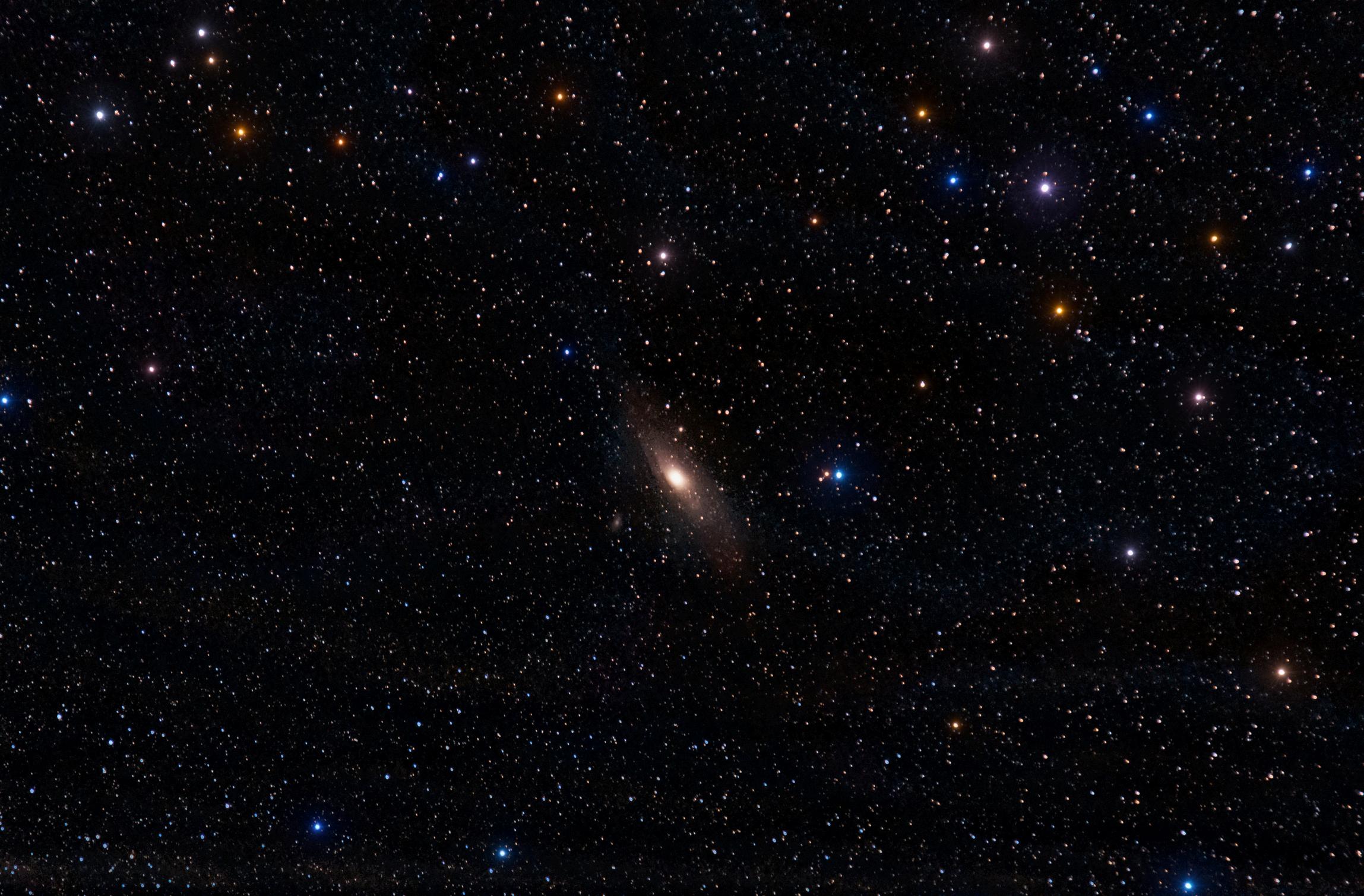











A VISIT TO MEMPHIS’ MOST OTHERWORLDY STUDIO
A CONVERSATION WITH THE GODFATHER OF TRAP
GIVE ME SPACE
A SPECIAL EDITORIAL FROM MUSICIAN STROOLY
ON ONE YEAR AT THE HELM OF THE MEMPHIS LISTENING LAB
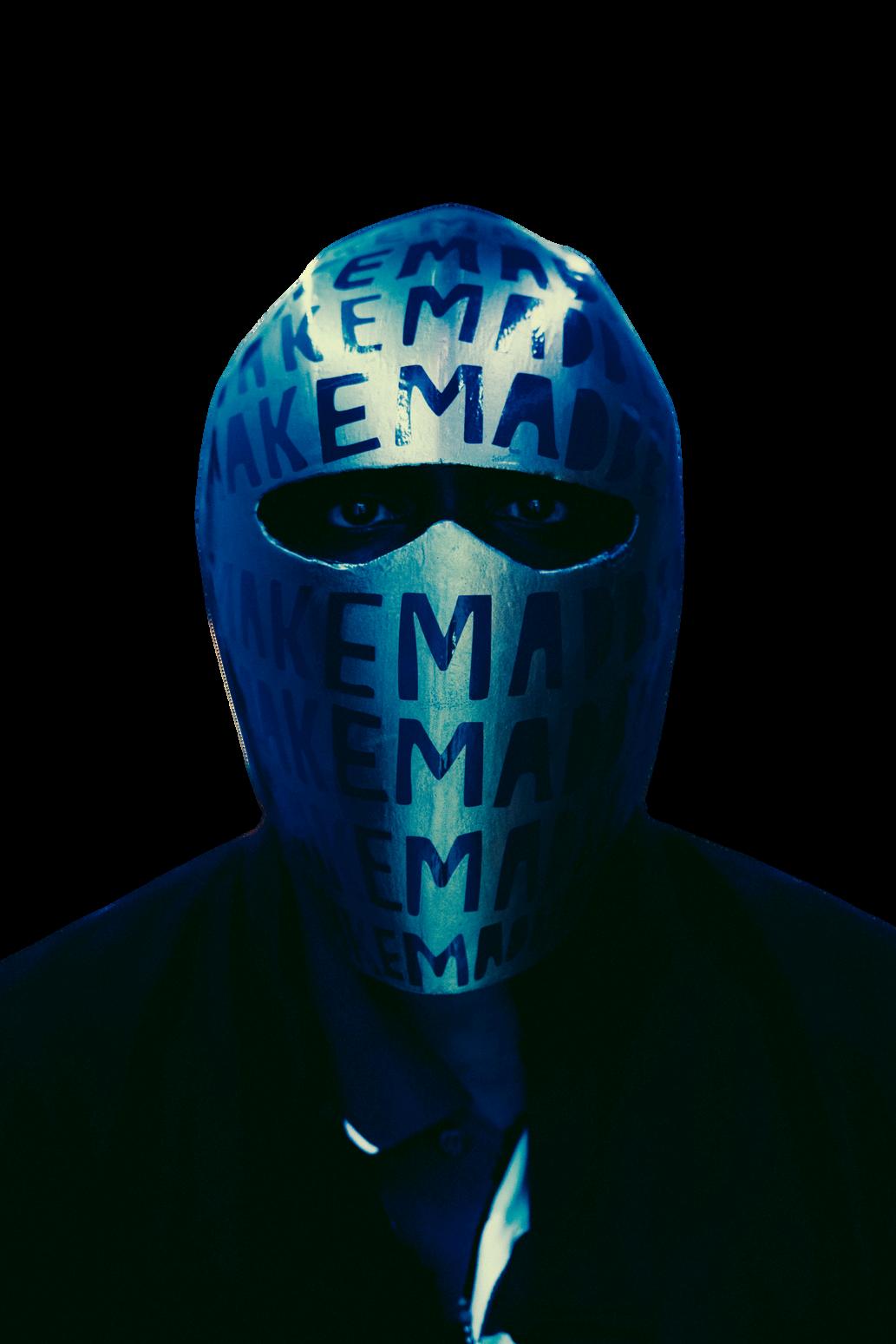




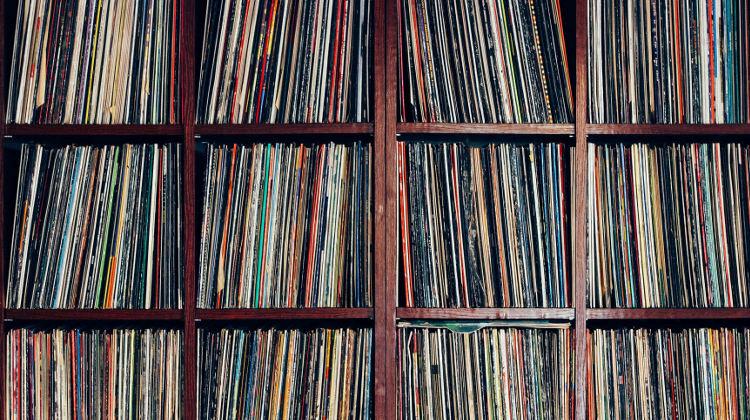
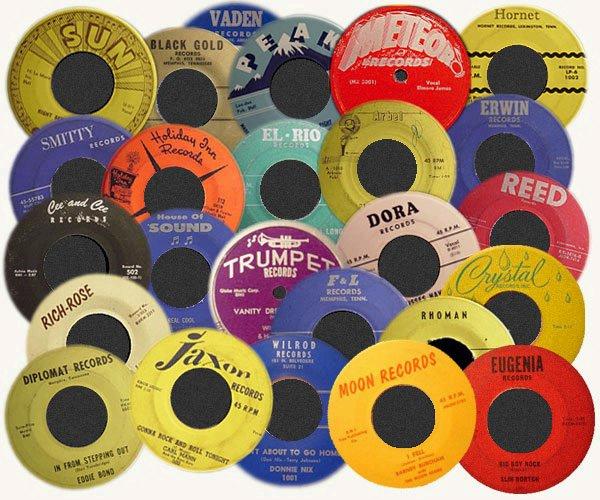


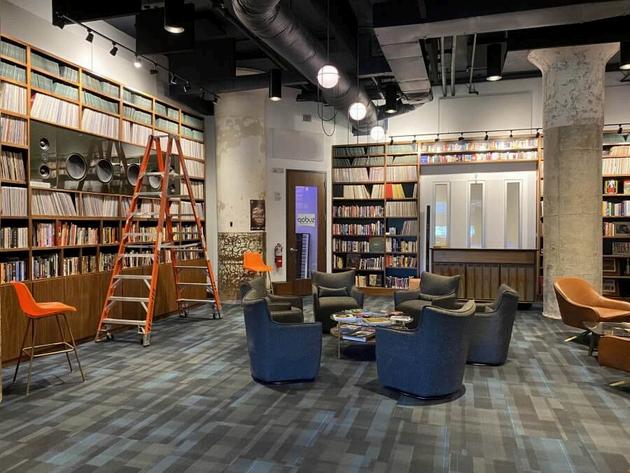

Before we get into your role with the Memphis Listening Lab, just tell us a bit about you and your previous work experience:

I moved to Memphis in 1989 and my first job was working at Cat’s Music on Summer selling CDs and cassettes, and I eventually moved over to the Union location. One day I got a call saying that there was a position open at Sun Studio in their record store. Our friend [and former MLL head archivist] Jim Cole was leaving, so I took over for him running the record store and as a tour guide. About a year later, I became Sun’s first Director of Operations.
Following that, I moved on to the Arcade Restaurant, where I managed for a couple of years. Back then, we were the only thing open on South Main, and we started booking shows in the back room. I had musicians like T. Model Ford and the Reatards playing there, and Guitar Wolf played inside the cafe. All of that to say, I’ve always been involved with and drawn to the music community. That’s my love. After that family life came in, and I ended up moving to New Orleans in the mid-2000s, where I stayed for 14 years before moving back to Memphis for this job!
Aside from the vast music library, what are some of the other services provided by the MLL?
I think our primary goal is to bring the community together through music, which we do in several different ways. Whether you ’ re coming in to listen to the music that we have here, to check out a book on your favorite musician–we have thousands of books here–or utilizing our studio, we just love having people in utilizing the space.
Speaking of the production studio, it’s such a great resource that I’m not sure many people are aware of. It’s free to use by appointment and it has top-tier programs that aren’t accessible to a lot of people. It’s a great resource for people who are looking to do music production or podcast work.
I think what I love most about this place, especially as it pertains to bringing the community together, is our events. Throughout the year, we do a ton of different listening events that often include discussions, and you don’t get that a lot. It’s great seeing a live band perform, but you don’t get to hear those stories or learn about the musicians themselves. I think it’s special to be able to provide that connection between the artists and their fans that they don’t often get to have.
That said, these events are also a great way to expose people to new music that they may have never heard before. We have a lot of people living in the building who will come down to check out a free event and leave saying ‘ wow, thank you for doing this, I never knew about this artist’ and now maybe they go and buy their album. Those connections are my favorite.
How do you think the MLL has evolved during your tenure and what are some of your goals for the future, especially in the short-term?
Oh gosh, I haven’t had much time to think about that. I kinda had to hit the ground running. That said, I think we ’ ve really amped up the number of events that we have here. We also started our Vinyl Happy Hour, which we do every Friday. We often have guest DJs and discounted merch. It’s just a great way for people to come and hang out. We also launched our monthly newsletter this year.
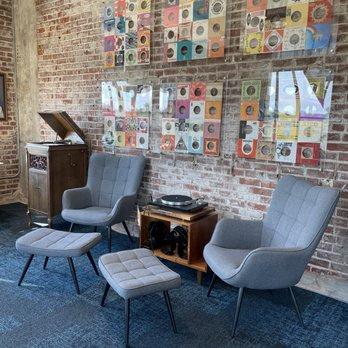
I’ve also really tried to increase the amount of students that we have coming in to visit. Crosstown High School has been coming in weekly for a music class, and we ’ ve also hosted music and healing events. We recently had a group of Parkinson's patients who came in with the Dixon Gallery. They sketched out what the music was conveying to them. In general, I want to continue to build programs focused on education, healing, and therapy.
What are some of your personal highlights so far during your time with the Lab, especially in terms of events or special guests?
Every time that we have an event, I always end the evening saying “THIS was my favorite event!” (Laughs) And I really mean it. I think every event has been special and memorable in their own way, so it’s hard for me to pick.
Of course there have been artists that I’ve been able to meet that I never thought I would, which has been great. Tommy Wright III, for example, who is just a great person. Honestly, the Shangri-La events [Lo-Fi in Hi-Fi] have been amazing and
brought people in that wouldn’t have otherwise known that we exist. The same is true of WYXR’s Stereo Sessions. Both of those series have been great at exposing us to new crowds.
Reconnecting with James Alexander from the Bar-Kays was also great. He brought in a copy of Isaac Hayes’ Hot Buttered Soul that we played in the SoundRoom. I mean, how cool is that?! That reminds me, Jody Stephens once brought up a group of kids from the coffee shop to listen to Big Star. So cool.
Aside from those types of things, I also cherish the times when someone just stumbles in and says “Oh! I recorded with B.B. King!” or perhaps they can find a recording that features a family member. It’s just that Memphis thing where everyone seems to have a music connection.

In terms of the vast library, what are some of your favorite musical discoveries so far?
I just love randomly picking out a few 45s from our collection of over 35,000. It’s a great way to discover something that you ’ ve never heard before. I’m also excited for Halloween coming up, because last year we discovered hundreds of cool Halloween 45s.
I also love some of the weirder and goofier things that we have here, like the advertising records. I love helping Robby Grant with his show on WYXR, because he likes to use some of those old ads.
The Lab is a non-profit that is largely dependent on the support of the public for funding. Tell us a bit about how the Lab sustains itself and the best ways for people to support you and your mission?
As you said, we are a 501c3 non-profit, which means that we really rely on the support of the community to keep us going. Although every event that we hold is free to the public, nothing is truly free. To answer your question, we do rent out this beautiful space for private events, including corporate functions, weddings, birthday parties, and the like. You can also rent out our SoundRoom for private listening events.
We also offer annual memberships, which is a great way to support us, as are simple one-time donations. You can learn more about that on our website.



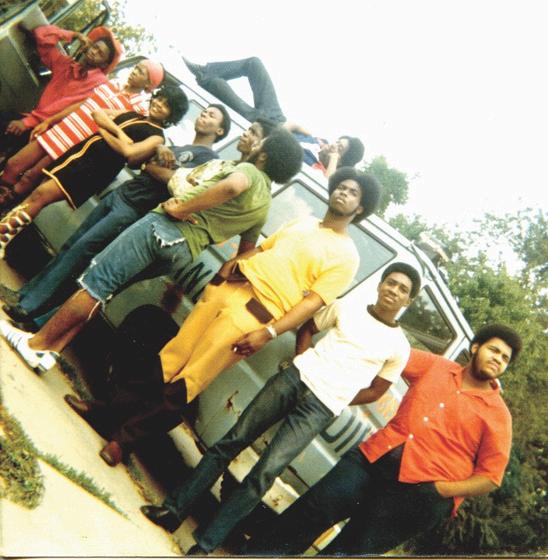
“LIFE,LIBERTYANDTHEPURSUITOF HAPPINESS,THAT'SWHATTHEYTELL ME/LIQUIDATIONANDDISTRESS, THAT'SWHATTHEYSELLME.”
-“POVERTY’SPARADISE”
Before we dive into the sorrowful soulopera Ghetto: Misfortune's Wealth, the many hip-hop tracks that would go on to sample it, or even the mysterious group responsible for it, we must begin with a man named Dale Warren.
A classically trained arranger who began his career at Motown Records, Warren arrived at Stax Records in the late 1960s
and immediately began leaving his mark. Although he never became a household name, Warren’s work on Isaac Hayes’ seminal 1969 album Hot Buttered Soul helped to usher in a new era for both Stax and soul music writ large, laying the groundwork for later ambitious projects from artists such as Marvin Gaye, Curtis Mayfield, and Stevie Wonder.
By most accounts, the massive (and largely unexpected) success of Hot Buttered Soul gave Warren both the confidence and cachet to pursue even loftier musical goals, which he wasted no time in pursuing. His fruitful collaborations with Hayes continued into the 1970s, as did his work with other Stax stars such as the Staple Singers and Eddie Floyd. Despite these many successes, however, Warren became preoccupied with a vision for a masterwork that would fully integrate his two musical worlds: soul and classical music.
According to friends and collaborators, Warren spent years quietly developing his concept for a soul-opera focused on the ills of poverty, patiently waiting until he found the right group with the right technical capabilities to bring his magnum opus to life. During a trip to Cincinnati around 1970, Warren discovered a young 12piece group known as the Ditalians, who were popular in the area’s frat and club scene. Understanding the importance of striking while the iron is hot, Warren
quickly took the group under his wings and began the long process of bringing his dreams into fruition.
The first order of business was convincing the group’s members–many of whom were still in high school–to trust this stranger with their futures, a task that Warren eventually accomplished with promises of fame and fortune. For the next several weeks, the musicians were put through a grueling rehearsal schedule, often playing for hours on end. “He was intense about how he wanted his songs played,” recalled guitarist Ernest Lattimore.
Mercifully, the recording process went much quicker, and Ghetto: Misfortune’s Wealth was completed in December of 1972. After the group’s name was changed to 24 Carat Black–at Warren’s suggestion, of course–the project was finally released in May of the following year. Stax co-owner Al Bell, who was largely responsible for giving Warren the greenlight for his ambitious project, remembers hearing the album for the first time. “I said ‘This man is out of his mind. This is b
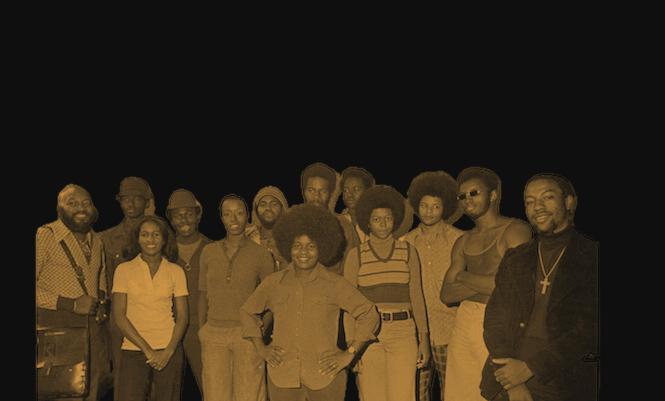
For over twenty years, 24 Carat Black and their lone completed album languished in obscurity, but a piece of art this innovative, political, and ambitious just couldn’t remain undiscovered forever. During the mid-1990s–arguably hip-hop’s most fruitful and inventive period–Ghetto began to emerge as a holy grail for producers in search of a fresh sample. Somewhat miraculously, its reputation as a goldmine for drum loops and funky bass licks has only grown in the ensuing decades.
Jay-Z, Nas, Kendrick Lamar, Yo Gotti, Three 6 Mafia, Eric B & Rakim, Digable Planets, and Travis Scott are just a small fraction of hip-hop heavyweights who have sampled from Ghetto: Misfortune's Wealth, but the album also stands on its own as a singular and captivating visions of the inner-city as seen through the eyes of Dale Warren.
For the complete story of Ghetto:Misfortune’s Wealth, check out Zach Schonfeld’s excellent 33 ⅓ book on the subject. Re-issues of the album from Numero are now available in-store.




Over the course of two days in late September, we visited OUTERSPACE–the recording studio and home base of Unapologetic–with the simple goal of trying to gain a fuller grasp of what all the group has been up to. As anyone who follows the company knows, the answer can typically be summed up with “a lot.”
As you’ll soon see, we learned a great deal about archetypal “newsworthy” stories, such as upcoming releases, emergent artists, and changing business dynamics. More unexpected, however, was the deep insight we gained into Unapologetic’s deeply-held ethos of unwavering determination, collective responsibility, and fierce independence.
As the collective quickly approaches their 10th anniversary as a company, we spoke to the two men who have been there since the beginning– CEO James Dukes (IMAKEMADBEATS) and President Keynan Harden II (Kid Maestro)–to explore how their unique relationship has laid the foundation for everything that has come after.
Join us, if you will, for a journey into Outerspace…


“There are no coincidences. Only the illusion of coincidence
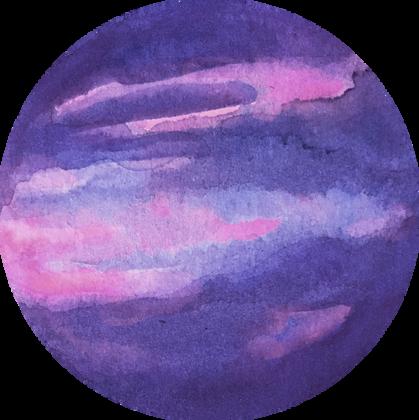
For the past several decades, Memphis–or at least those with the power to dictate the city’s outwardly facing image–have been suspiciously resistant to celebrating our deeply influential hip-hop scene with the same reverie often afforded to other genres. Fortunately, that institutional freeze-out seems to be thawing, and the team at Unapologetic has been both a catalyst and beneficiary of that trend. How, you may ask yourself, did a group of unrepentant rebels recently end up in partnership with the goddamn PGA? It’s not a simple answer, but as with any story, it’s probably best to start at the beginning.
In 2013, Kid Maestro began his studies at the University of Memphis’ recording program soon after moving to Memphis from Chicago. IMAKEMADBEATS was settling back into his hometown after a fruitful multi-year long stint at Manhattan’s legendary Quad Studios. Despite each of them feeling a bit unmoored in their newfound realities, each was determined to figure out their next move.


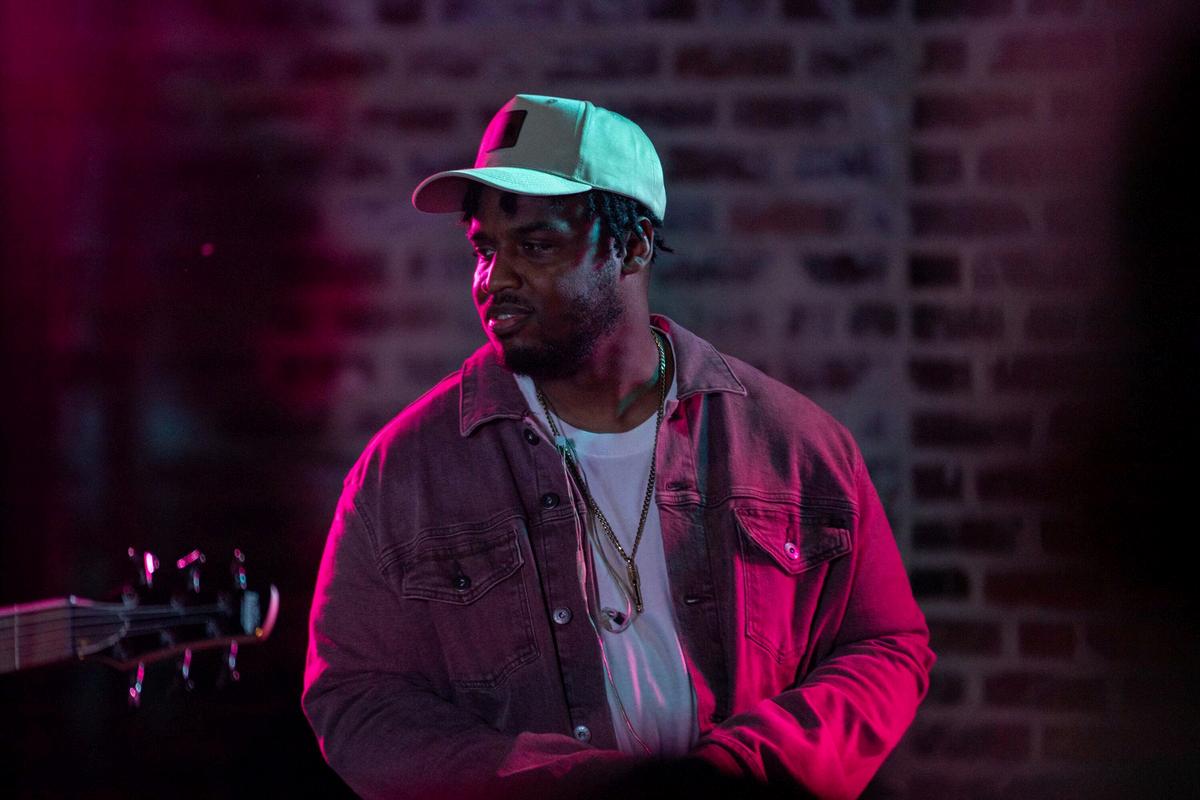

“From day one of college, I was focused on maximizing my opportunities, so I signed up for a volunteer tour of the school’s studio during orientation,” Kid says. As serendipity would have it, there was a recording session taking place during the tour that allowed Kid to meet a slew of local industry insiders and artists, including IMAKEMADBEATS and future-Unapologetic artist PreauXX. “They invited me to come back later that night, so of course I did,” he remembers. “I just wanted to be of help, so I was holding microphones, wrapping cables, etc. MAD was there along with a guy who was trying to figure something out on his synthesizer. I was familiar with it, so I just volunteered the information. I guess that impressed MAD, because he always remembered that moment.”
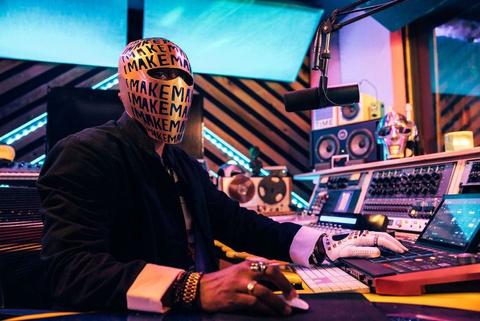
Photo by Peyton Dollar
Years later, on his 21st birthday, Kid attended a Masta Ace concert that featured an opening performance from IMAKEMADBEATS. “I knew I wanted to be an artist who was focused on making beats, but also one that could perform live on stage. At the time, I wasn’t really familiar with folks like Madlib and Flying Lotus, so I was curious. The show was dope, and afterwards I just told MAD how much I loved it. He invited me to come to his house the next day to visit Dirty Socks Studio [Duke’s home studio and the precursor to OUTERSPACE]. We just talked about everything, shared ideas, and played each other music. I hadn’t met anybody in person who was as good at making beats as he was. The following day, we did it again…”



MAD has a similar memory, if off by only a day. “You know, Kid Maestro was 20 years old when I met him, but I think the first day he came to my house was literally his 21st birthday. And that's a statement in itself. He spent his birthday in my house just asking me questions instead of being, you know, an average college student partying and getting drunk. Like, he was with me. The reason why that was so important is because I built myself as someone who believed that discipline and dedication is what was going to win.”
These casual sessions eventually evolved into a more formalized internship that conveniently also counted towards Kid’s school credits. “That summer, he came to me with an idea that he’d been ruminating on starting a label. That day, the idea of Unapologetic was born, and we embarked on our mission,” says Kid Maestro.
“Let’s say you have a party, and the DJ can make or break the party, right? But the most important person is the first person to dance. That person gives everyone else permission to dance,” MAD says. “At a party, you can't necessarily choose the first person to dance, but when you're building a business, you can. It is 100% thanks to God that I chose in the beginning to start this whole journey with Kid Maestro.”





Following an exhaustive few months of fact-finding meetings and job interviews, the duo officially began putting together their infrastructure and team. “We brought in Cameron Bethany as the first new artist, and also started hiring people for roles like Head of Visuals and Head of Events. And my role was…well, I didn’t have one,” says Kid with a chuckle. “Although I was the first member of Unapologetic aside from MAD, that didn’t mean that I had earned or was capable of leading anything at that time.”
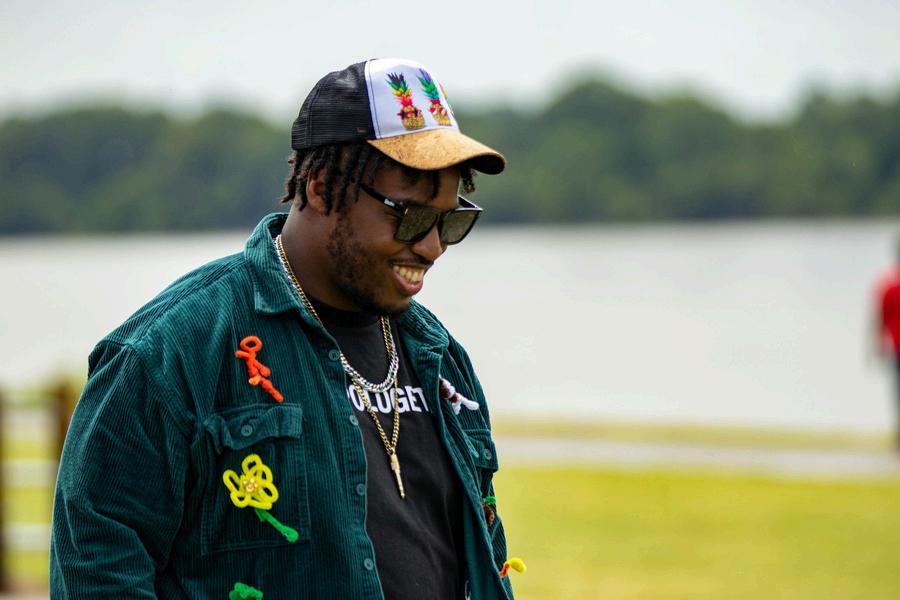
Eventually, Kid Maestro began climbing the ranks within the organization, first as MAD’s assistant, and later as Creative Consultant. “I’ll be honest…I’m glad that I was forced to earn those roles and my position as a producer rather than being handed it,” he says. He goes on to explain that a key component in his journey into leadership was his usefulness as both a producer during live events, as well as a de facto talent scout for the label.


“One day MAD said to me ‘Yo, I need a rapper who will do some crazy stuff.’ Soon after, I went to a show to support my man RUDY Rhymer, and there was this other guy who went by AWFM, who was also performing. He wasn’t wearing bunny ears back then, but he did perform in a trash bag (Laughs). I left thinking ‘I think I found somebody.’ The rest is history.”
Throughout our conversations (which were conducted separately), both men point to the fact that, in many ways, they hail from completely different worlds. Whereas the soft-spoken and fundamentally affable Kid Maestro was raised in a relatively stable environment, MAD’s rougher upbringing has instilled an intensity that he readily admits may be off-putting to some, a fact that initially caused some consternation.
“I remember early on him saying things like ‘Man, I want to do what you do, and I want to learn how you do it to evolve,’ MAD recounts. “That made me kind of concerned, because my life is not something I want other people to experience. I did not end up like this because I had so much positive reinforcement and regular breakfasts, you know? I ended up a fucking wolf because of some not-so-great things…” Despite–or perhaps because of–these differences, MAD and Kid have leveraged their relationship into an unbreakable bond that allows for full honesty and trust. “Although we still learn from one another, this isn’t a mentor-mentee relationship anymore…we’re brothers, you know?,” says MAD.
By late 2019, Unapologetic had not only established themselves as Memphis’ most innovative purveyor of hip-hop, but perhaps the city’s most notable musical entity writ large, earning critical acclaim and a growing fan base both near and far. And then…



It goes without saying that 2020 was an infamously disruptive year for us all, but that sentiment applies doubly to the team at Unapologetic. “I made Kid the President in December of 2019, and then in April of the next year, I got sick. So just four months later, I was desperately leaning on him like, ‘Man, you got to take the torch,” says MAD.
As the world shut down around him battle with a debilitating autoimmu day-to-day role, Kid Maestro was s larger role within the company. “A just officializing what I had already he says. “By that point, I was alread a leader. When MAD got sick, I knew for and maintaining the culture, es world and for our leader.”
Although Kid’s timely ascension to President was certainly crucial in helping Unapologetic weather the many storms of 2020 and beyond, credits the entire team with levelin and taking on additional responsib “You know, from the beginning, on the things we've always aimed to d make Unapologetic a team of gene not a team of employees. The goal that one day, when people look int Unapologetic, you don't know who leader is,” he says.




For two men who have worked so diligently and sacrificed so much in order to create art on their own terms, the subject of music often seemed like an afterthought during our conversations. This, of course, is far from reality, but the stresses and strains of building a business has the adverse effect of eating into time that could otherwise be spent on creative endeavors.
Thankfully, both Kid and MAD seem to be settling back into their natural positions as artists, ushering in a new era of creative output at Unapologetic. “This year, working on my album, has been the closest I've been back to pre-pandemic me, where I was able to lock in for days and weeks at a time working on something,” says MAD. “You know, I'm never truly escaping the role of CEO, but I can have the majority of my time being creative, and not just for myself, but being creative for other people, whether that be scoring movies or working on my album. So yeah, it's been great seeing the people who were once interns now taking leadership roles. But there's still so much work to do, and there's so much scaling to be had.”
Earlier this year, Kid Maestro joined AWFM, PreauXX, and CmaJor for a cross-country tour; PreauXX recently joined Ms. Lauryn Hill on tour (!); and the group is fresh off of the first event in their new “MIDNIGHT MARAUDER” series at MOSH. That’s not to mention their frequent collaborations with institutions such as the Memphis Grizzlies, Ballet Memphis, and yes, the PGA.


When we ask MAD if he’s ever wary of mainstream acceptance or the motives behind such high-profile collaborations, his answer makes it abundantly clear that these are subjects he’s thought about deeply.
“Before I ever get in that room, I always ask myself ‘Why was I chosen?’ Like, why would I meet with the PGA? And the answer is all of the work that I’ve done when the coach wasn’t looking…At this point, you don’t call James if you’re just looking for a Black man who will be excited just to get a call from someone with some money. I know that the majority of whatever positive feelings I have towards me in this city is built on integrity. I fight for things, I speak up for things, I challenge things. And so when I walk into any of these scenarios, the first thing I'm doing is I'm being ultra blunt.”




One of the more striking aspects of Unapologetic’s journey over the past decade, especially when considering the periods of volatility, is the continuity of its core group. Sure, employees have come and gone over the years, but at its core, Unapologetic looks much like it did in 2015, yet another testament to their commitment to one another.
That said, there have also been some notable additions to the group’s roster, or at least talent that would likely seem new to the general public. In late August, Unapologetic artists Nubia Yasin and Eillo made their live debut during a much-touted show at Bar DKDC, a promising showcase of the collective’s future and a public introduction to two artists who have been quietly waiting in the wings for years.

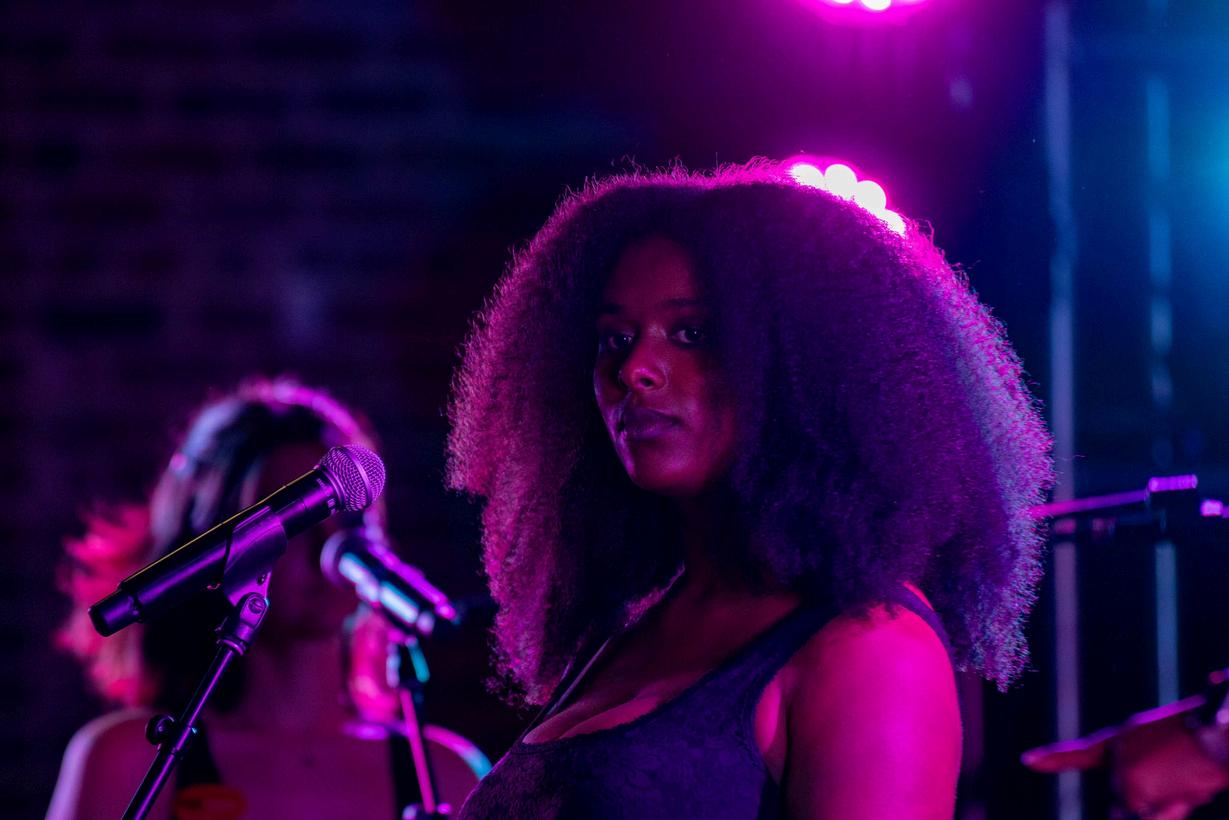


“Eillo right now is very much in the branding of “next generation new artist,” but he’s been around so long that it's been an adjustment for me to see him that way,” says Kid. “He's been coming around since he was 16, and he's like 22 now.” A multi-instrumentalist who has contributed to projects from MAD, Aaron James, and PreauXX, Ellio’s sheer talent animates both men when discussing him.
“He's like the Swiss Army knife,” explains Kid. “He can write, he can sing, he can play. He's learning even more instruments now. He's a survivor. You know, I feel so confident saying audacious statements like, yeah, he's probably the next Stevie Wonder. I really, truly believe that.”
Similarly, artist Nubia Yasin first appeared on an Unapologetic release five years ago and has remained a consistent presence in the background. “Nubia would probably classify herself as a folk artist, which as a young Black woman, defeats a lot of those stereotypes,” says MAD. In a recent profile, the Memphis Flyer’s Alex Green likened Yasin’s music as “The Smiths–if fronted by Nina Simone,” a fitting description of her unorthodox sound.
“I'm super excited about the way things are shaping up,” says MAD as we wrap up our interview. “I'll be able to spend more time in the studio with these young artists and really help them fine tune their sound. To tell you the truth, that's really the job that I’ve wanted to do from the beginning.”
Both Nubia Yasin and Eillo are slated to perform at Shangri-La’s upcoming Purgefest on Saturday, October 12th.
To learn more about Unapologetic and to keep abreast of their many ventures, download the Unapologetic World app, or visit www.weareunapologetic.com



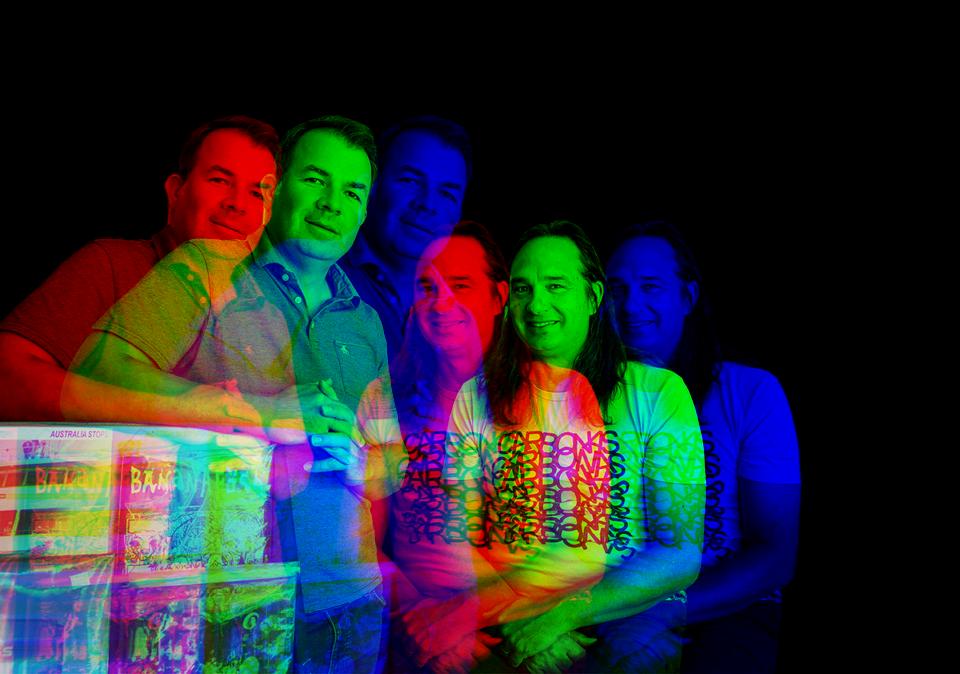

Prior to GonerFest 21, we sat down with Goner founders Eric Friedl and Zac Ives to get their top 5 most memorable moments from the festivals’ long and rich history. Although doing so was probably akin to asking a parent to pick their favorite child, the duo agreed to indulge us...
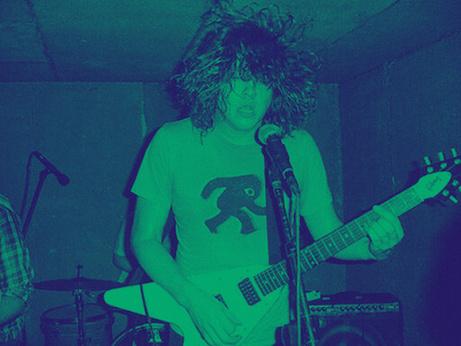
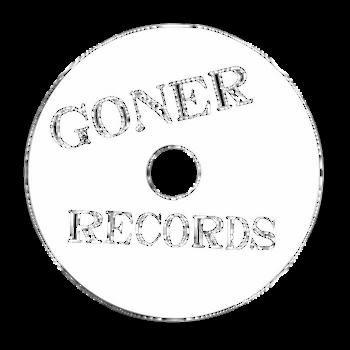
One of the first things to come to mind is grabbing Jay Reatard after he had kicked a mellow Gonerfester in the face during a melee while the Osees played on the floor at the old Hi Tone. Jay said to me " You can't kick me out! It's like kicking Jimi Hendrix out of Woodstock!"
He was right! I kicked him out anyway, but he calmed down and we let him back in after a bit.
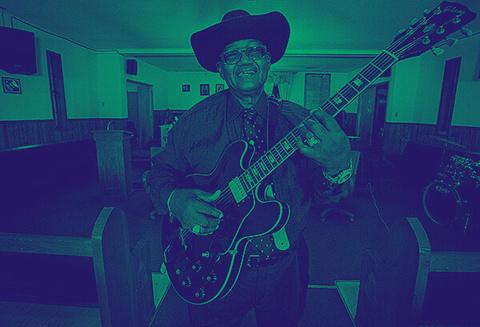
Rev John Wilkins played at Murphys for one of our sunset shows, going onstage around 6pm. Backed up by his daughters, his Hill Country Gospel had many, many folks in the audience with tears in their eyes. Magical stuff. What a dude! RIP.
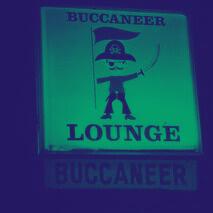
Charles at the Buccaneer had promised he was going to go all out and get us a dunk tank for Gonerfest 2, Electric Goneroo. Every time I saw him (which was often, I was a Buccaneer regular, or close enough for alcoholism) he would assure me "I got you! We're getting that dunk tank!" This continued all the way up until the day of the festival. On that day, Charles came up to me and said,"Man, I didn't get that dunk tank. But I did get a kiddie pool and some eels from Viet Hoa down the street. There's a redneck in the kiddie pool with those eels right now." This was an unforgettable moment.
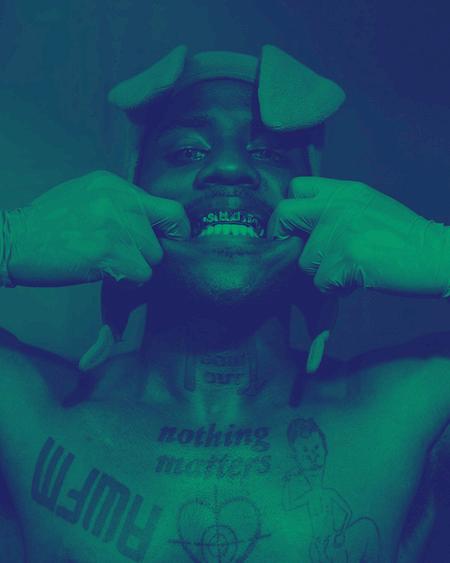
Booking AWFM for Gonerfest 19, we had no idea of what to expect, but we knew the Unapologetic crew were going to pull out the stops. And they did. Somehow AWFM got to the top of the roof of the stage and rapped from up there. I don't know how he got up there, or when - he just seemed to appear up there in the midst of everything. It was unreal.
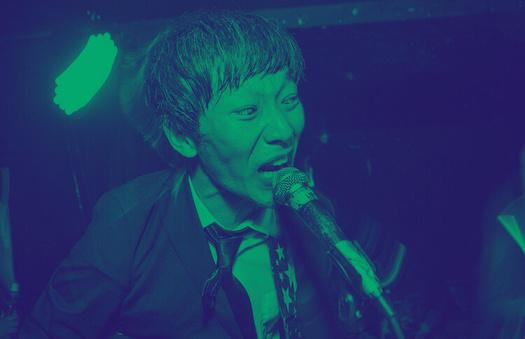
We had the fully-suited King Brothers from Japan play on the gazebo for our Sunday performance to close down the festival. They went bat-shit bananas, stopping traffic in all directions at the intersection. So wild, especially at 1pm on a Sunday.


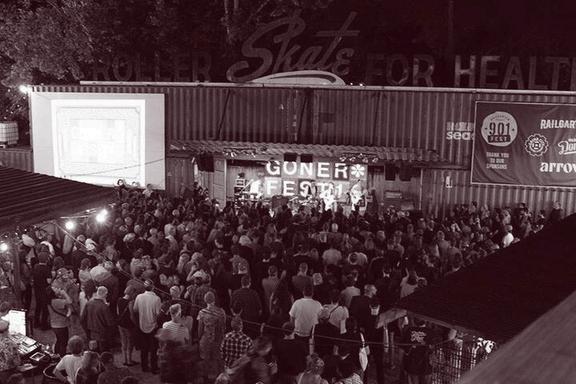
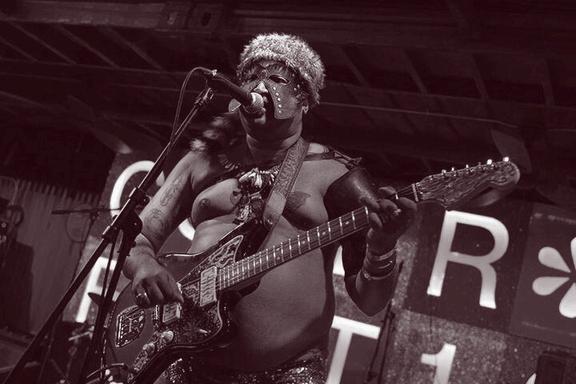


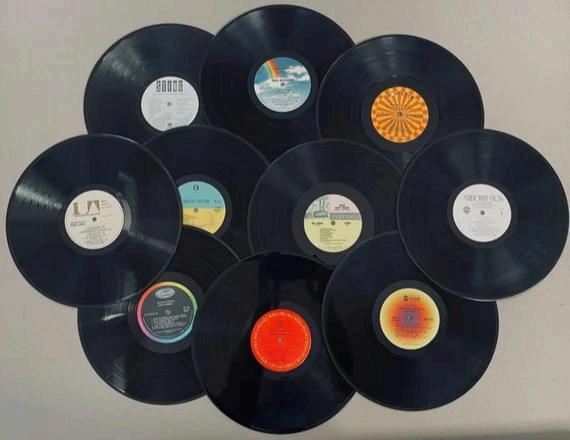
Each quarter, we invite a different DJ, musician, or collector to share what they’ve found digging in the stacks at Shangri-La. This time, we’re joined by Daniel Mathis, an avid record collector, one-man Memphis music encyclopedia, and the host of the WYXR radio show “Reachin’ Out.” Over the past several years, Mathis has also worked with labels such as Athens of the North and Light in the Attic to help hunt down deserving rare gems ripe for reissue. Let’s see what he found in our crates...
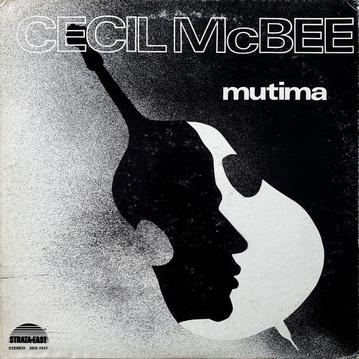
“The first thing that caught my eye was that you guys have an original pressing of this one, which is super clean. Pretty much anything on Strata-East is super amazing. The song “Tulsa Black” in particular is an awesome track. [Flutist] Art Webb is on this one, along with a lot of other great Strata players who were lesser known, but went on to be big due to the label blowing up and getting a big following. This is a mid-70s release, and a lot of stuff from this particular period shaped my taste and early buying habits. The earliest records I started buying were all hip-hop…I wanted to be a hip-hop producer, so I started listening to jazz records in search of samples. Eventually, I started to listen to the whole song a lot more, and fell in love with the genre. I think of jazz as the hip-hop of the ‘70s, especially when fusion started to hit.”

“This is one of the first records I ever bought. I was schooled by some really awesome music heads and collectors, and this is just one of those albums. There’s a track on it called “Willy’s Headache” that is just absolutely amazing. Cymande is a soul-jazz group, but there were also elements of funk and rock, which is what made them so great. It just never gets boring…even when it slows down, the next track will bring it right back up. It’s fun and tight, but still very experimental. They ride right on that edge. There was a spirituality to their music as well, which comes through in their cover art.”
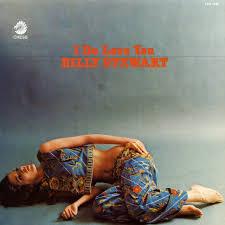
“Billy Stewart is absolutely one of the world’s greatest soul singers. He was a large man, and he loved to talk about it. On this album alone, there are the songs “Fat Boy” and “A Fat Boy Can Cry.” Besides that, he’s got some of the most amazing songs. “Sitting in the Park” is just killer. This was released on the legendary Chess label, which of course put out a lot of iconic music, but Billy Stewart is among the best. He’s been sampled by a lot of different artists, including Jay Electronica.”
“Of course you can’t talk about soul or funk or even hip-hop without mentioning the J.B.’s. The J.B.’s were James Brown’s band and it included a lot of different notable people throughout the years. J.B. albums typically include mainly instrumentals, and if there are vocals, it tends to be just a chorus. This album includes the song “The Grunt,” which was also heavily sampled. Just an amazing record filled with grooves.”
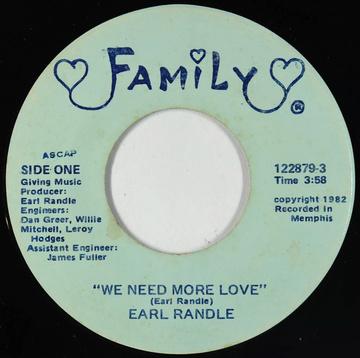
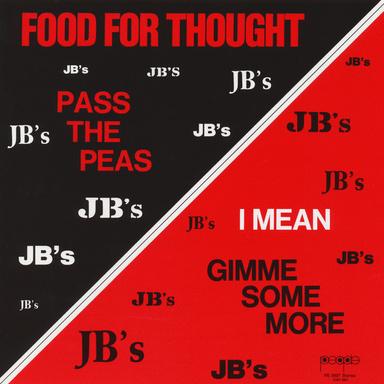
“This is a gospel record from the ‘80s done by my friend Earl Randle on his own label called Family. It’s a really cool and sweet soul-gospel track that definitely appeals more to soul lovers in the sense that it’s a gospel song, but it's funky and jazzy. A lot of private label gospel 45s have become collectible in recent years because of that type of sound. Some of the best music to come out of Memphis has been gospel, and I think that’s because it often has a real deep meaning and feel. Earl is still around…he was an early writer for Hi Records under Willie Mitchell, and he’s got a lot of great credits to his name.”
“Johnnie Frierson was another Memphis gospel artist who was very much about his community. When talking to his family, I learned that he really didn’t like going to church…he believed in a lot of things, but not necessarily that there was just one way to worship.
Anyway, he came from a musical family–his sister is
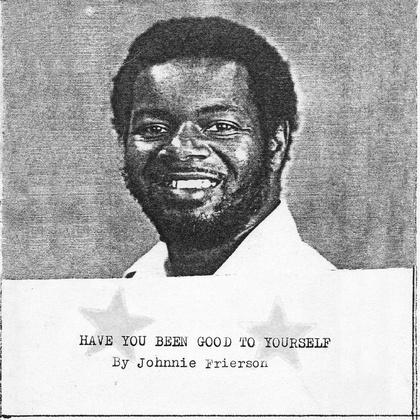
Mary Lou Frierson, who went by Wendy Renee–and they were in a group together at Stax called the Drapels. Johnnie also recorded a single with the gospel group the Whole Truth called “Can You Lose By Following God.” That record was sampled by Kanye on his gospel record [Jesus is King] and is now selling for about $2000.
But this record was recorded sometime in the ‘90s. He had a little set-up on Foster Street and he’d sit on the back porch with a boombox, hit record, and then play and sing. That’s how these tapes were made. Jameson Sweiger, who used to work here, found the tape in a thrift store on Summer Ave. He played it for me and I lost my mind. I had been in close contact with Light in the Attic records, so I pitched it to them and they bit. To this day, it’s one of [Light in the Attic co-founder] Matt Sullivan’s favorite releases. The last time he was in town, we went to visit Johnnie’s grave and it was a pretty powerful moment.
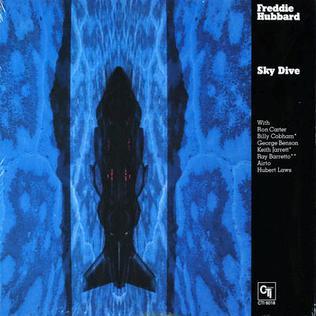
I really love all of the Creed Taylor stuff with CTI. The art work, the heavy covers, and even the label itself–it’s all so cool and timeless. A lot of the Creed Taylor stuff is now well-known because of how often it’s been used in hip-hop sampling. Freddie Hubbard, of course, had an awesome career himself and was also heavily sampled. I have so many of his records. An incredible trumpet player who could really jam. He has a very timeless sound that is hard to imitate, so I think he will continue to be sampled and recycled forever.
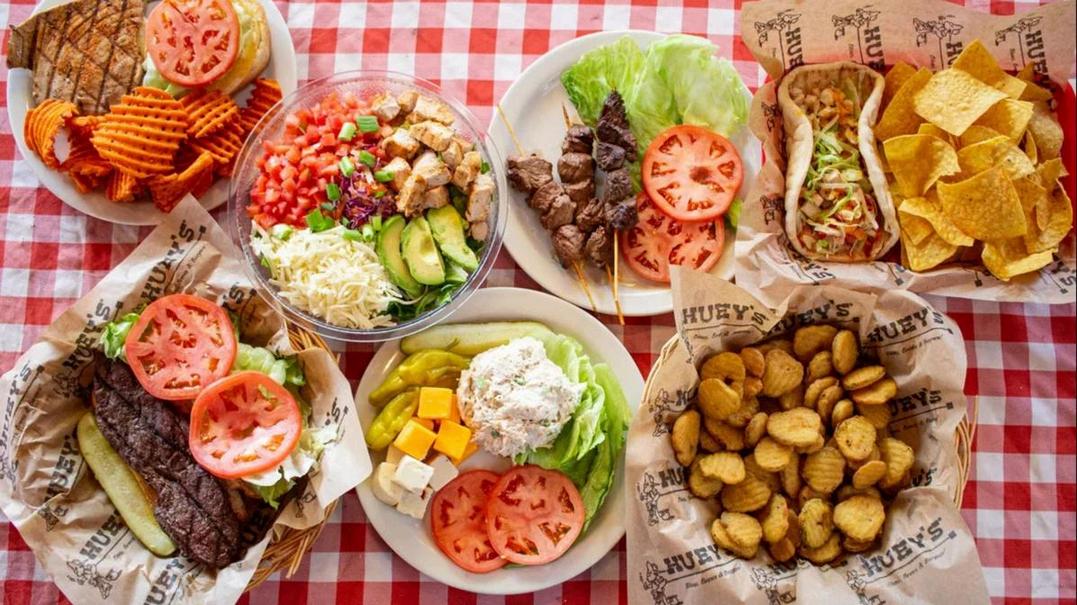




“STROOLY” MCGEE


In a special editorial, musician, producer, and Future-Everything cofounder Micah McGee argues for the vitalness of dedicated spaces to Memphis’ emergent electronic music scene
I grew up in a suburb of New Orleans in the early 90s. Every weekend, the local radio stations would broadcast live from different locations around the city. I remember hearing DJs playing techno and dance music at a very young age. Tracks like “100% Pure Love” by Crystal Waters and “Sweet Dreams” by La Bouche were so different from the classic compositions of Bach I was learning in my piano lessons. The energy and flow created a strong feeling of euphoria and safety for me.
In 1996, Hurricane Josephine was forming in the Gulf of Mexico. Hurricanes are very common for people living along the Gulf Coast. My family had never evacuated for a storm, but for some reason, this storm had my dad concerned enough to pack some bags and drive my brother and me as far north as we could afford to go. This was the first time I visited Memphis, TN. We ended up staying in a hotel close to Graceland, and I remember there was a pool in the middle of the lobby, which I thought was the craziest and coolest thing I’d ever seen. This experience always stuck with me, about escaping the storm to find safety in Memphis.
As a young adult finishing architecture school, I began producing and DJing electronic music around 2008. I was driving from Starkville to Memphis on the weekends to either attend, perform, or help produce
events. It was the desire to escape the stress of school and find that safety and euphoria that I felt as a child listening to the DJs on the radio. I realized quickly that if we wanted to have space to showcase and

that showcase electronic music do so at the mercy of other business objectives. It’s rare to find a place that exists solely to showcase underground electronic music and its deep culture of love for all people. The venue has to be aware enough of the culture and willing to curate the music with deep intention and respect. There has to be proper equipment to hear the music with the clarity and force it requires for the listeners to completely connect (or disconnect). There also needs to be enough business strategy to compensate the performers properly.
Without these three components, artists are forced to produce their own events, most likely in spaces that are not completely dedicated to their craft. This is prohibiting artists from being successful. It’s preventing the culture from growing. It’s restricting the craft from elevating out of the underground into a respected level of modern society. We need more spaces for euphoria and safety. Not just for me, but for all people, now more than ever.
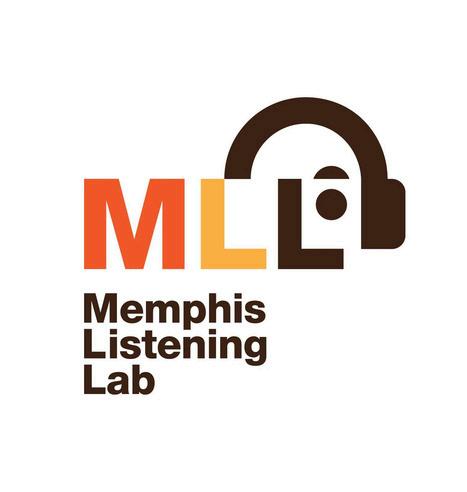



A Conversation A Conversation A Conversation with the with the with the “Godfather “Godfather “Godfather of Trap” of Trap” of Trap”
Prior to our second “Lo-Fi in Hi-Fi” listening event of Tommy Wright III’s seminal album “On the Run,” Shangri-La’s Ezra Wheeler sat down with the legendary rapper to discuss the upsand-downs of his career, Memphis rap’s global influence, and what fans can expect next. Here are some highlights from that conversation...


There’s a video of me rapping at a birthday party when I was probably like nine or ten. That was the start of it, but it took a long time to get my hands on equipment. Once you realize you can’t do nothing without it, you just start craving more equipment bad. Somebody told me that you could go to Strings N Things and get stuff on credit. They’d hook you up and let you pay monthly, but I didn’t have any money so I just stopped paying (laughs). I was having so much fun just jamming, but then the bills came…”




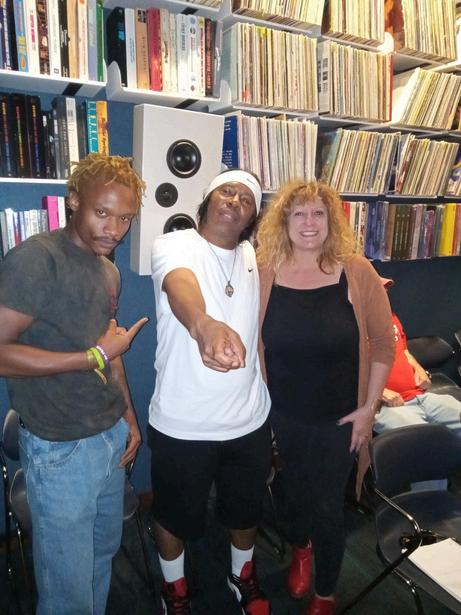
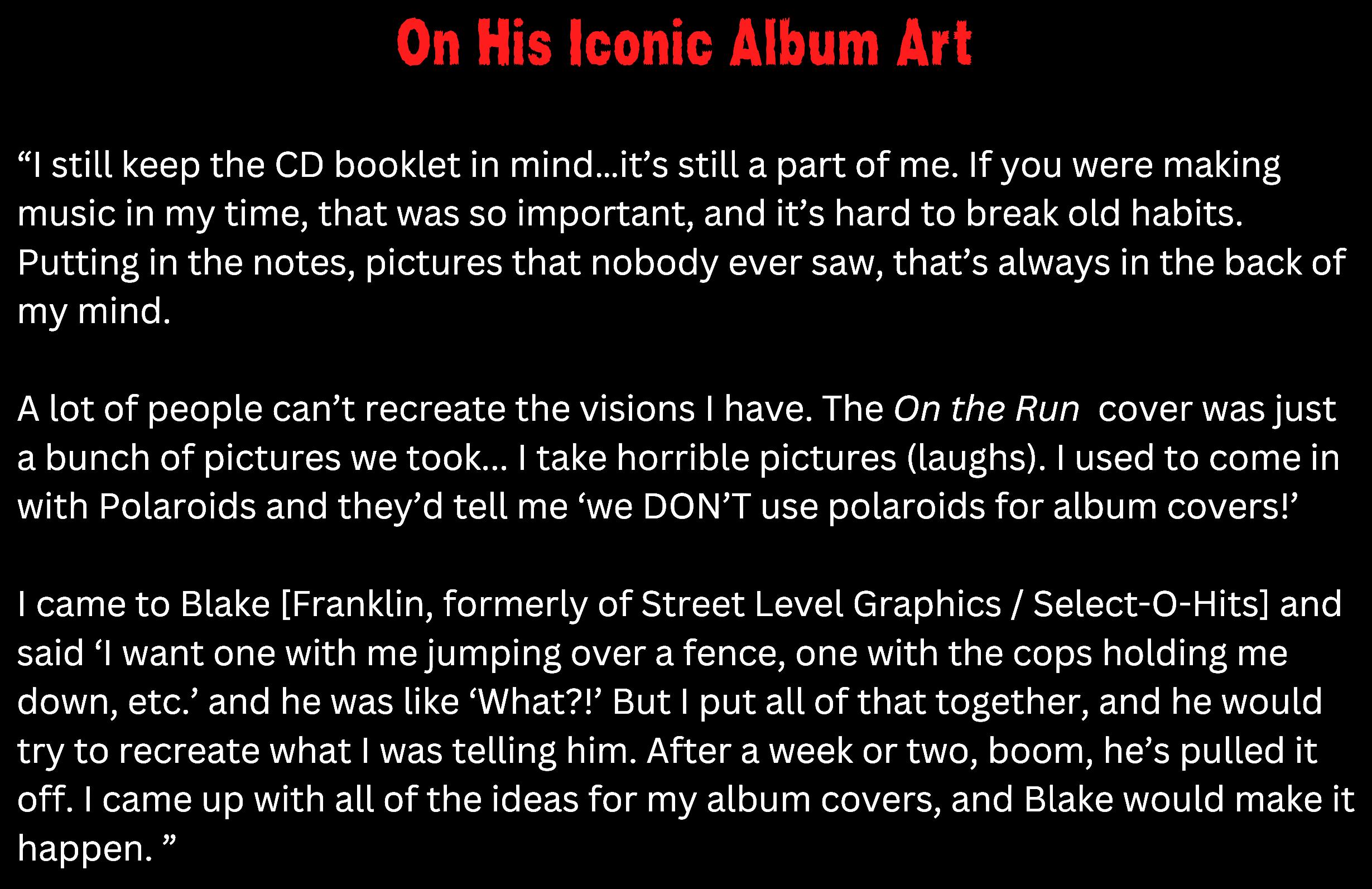
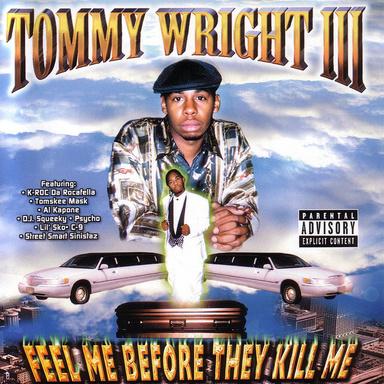
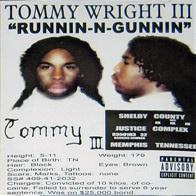
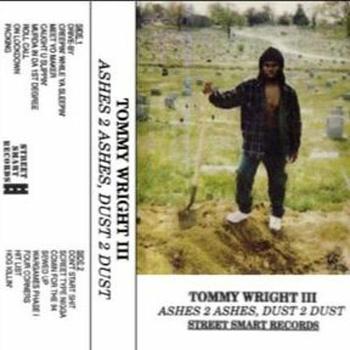
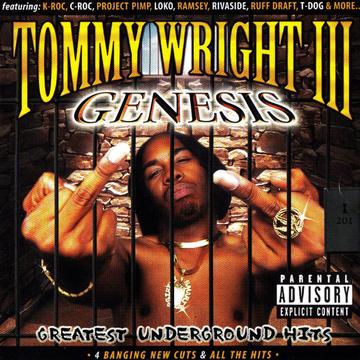
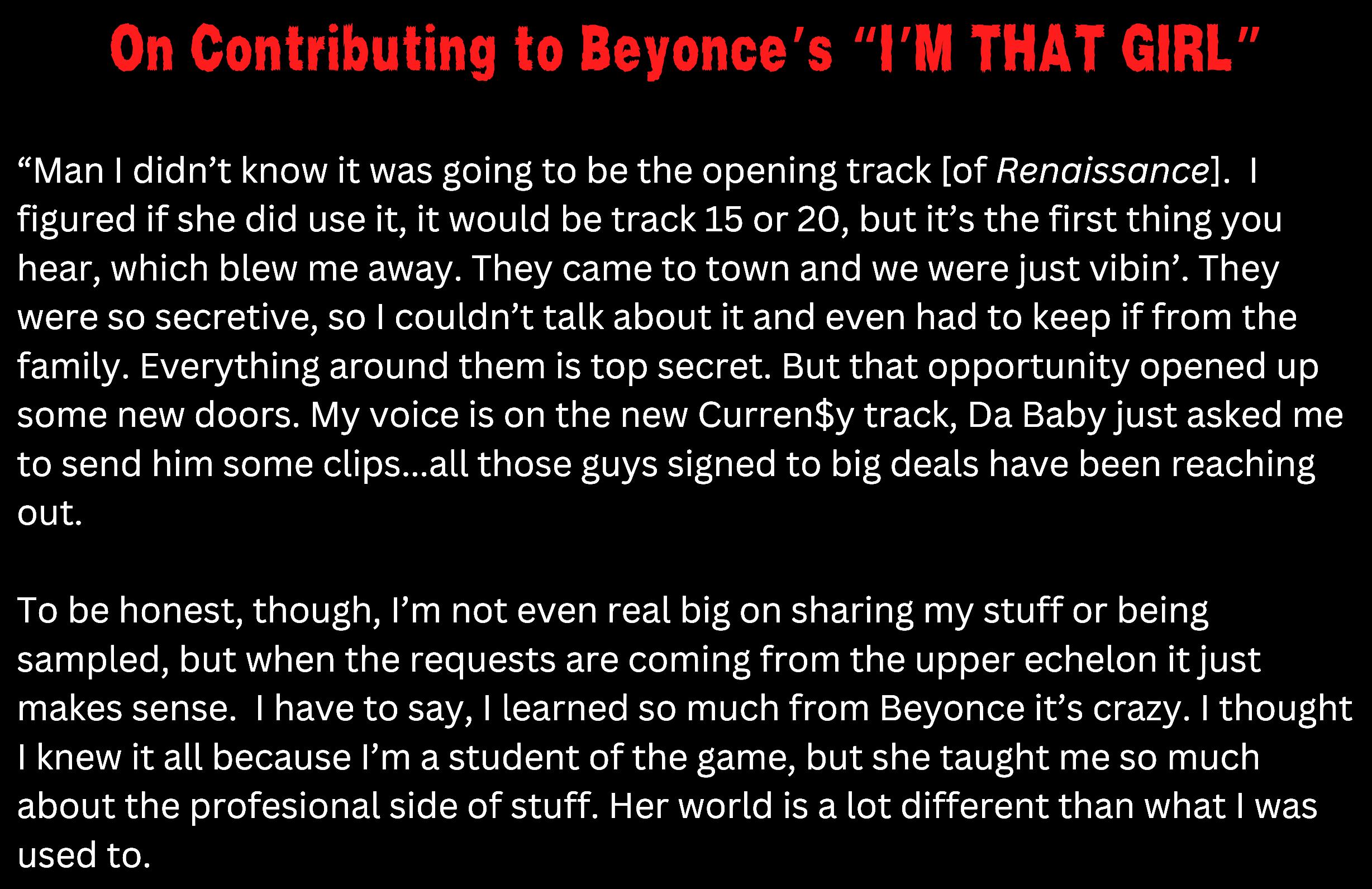
To check out our full conversation on YouTube, click here.


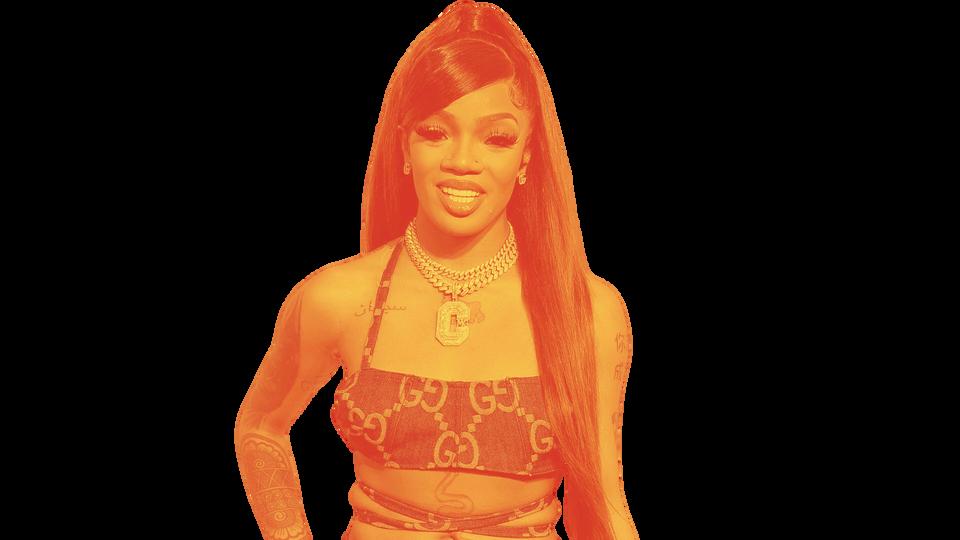








Even at 81, the “Queen of Memphis Soul” Carla Thomas still knows how to work the crowd, which she certainly did at this year’s annual Cooper-Young Fest. Backed by the Stax Academy Alumni Band, Ms. Thomas exhibited the girlish charm and sweet vocal stylings that first made her a star back in the 1960s. Yes, it was hot as hell for this year’s fest, but a little discomfort was a small price to pay to witness Ms. Thomas’ greatness at least one more time.


As the son of Sun Records founder Sam Phillips, Jerry Phillips witnessed one of the world’s greatest musical revolutions first-hand. Unsurprisingly, the 76-year-old’s debut album For the Universe is deeply informed by the classic blues, country, and rock ‘n’ roll that his family’s name is now synonymous with. The ten-track LP, which was co-produced by Scott Bomar and Jerry’s daughter Halley, is a soulful and introspective triumph.
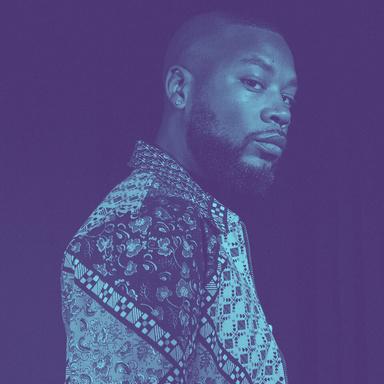

“Want Me To,” the latest single from alt-soul artist Cameron Bethany, is a strong contender for Memphis’ “song of the summer.” Featuring an interpolation of Soul II Soul’s 1989 banger “Back to Life (However Do You Want Me),” the track is arguably Bethany’s most infectiously danceable song yet. Slick yet undeniably funky, the song is reminiscent of recent progressive R&B hits from the likes of Miguel and Steve Lacy, proving yet again that Bethany is one of the city’s finest purveyors of contemporary soul.


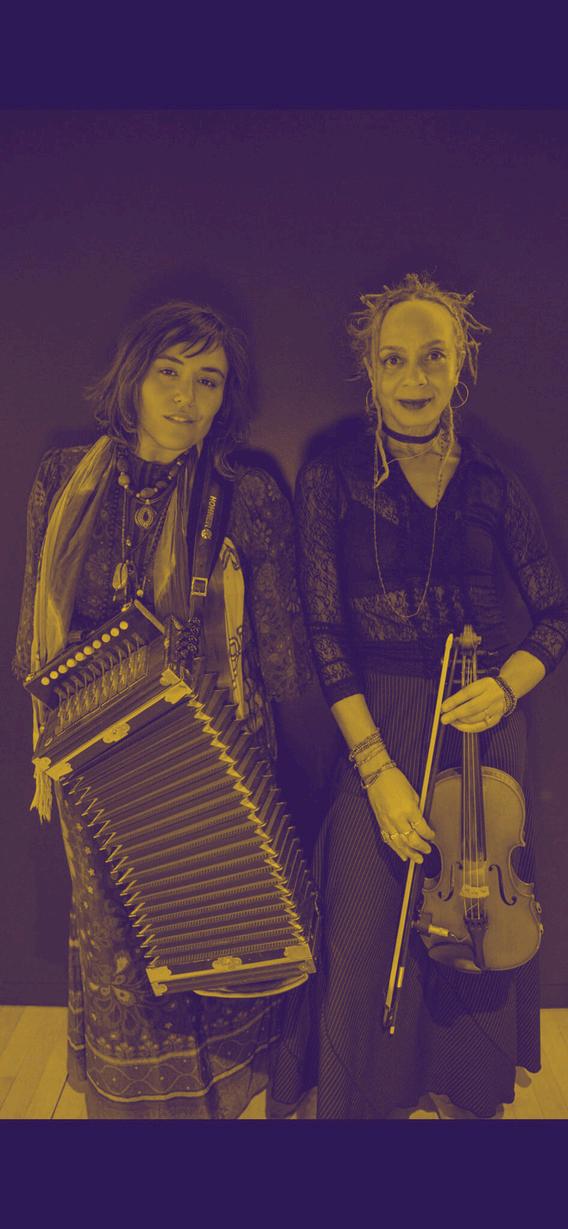
When André 3000 announced that he would be releasing a new album of ambient jazz last year, it was certainly newsworthy, but not particularly shocking. The same cannot be said of crunk innovator Juicy J’s recent foray into the genre. That said, with the help of Grammy-winner Robert Glasper, Juicy J has delivered a surprisingly strong and uncharacteristically political jazz-rap album that is one of this year’s most unexpected projects. While not everything works, it’s admirable to see a living legend still willing to take some chances.


Prior to the release of her upcoming album To Bend to the Will of a Dream That's Being Fulfilled (out on October 17th), Marcella Simien has dropped a duo of excellent singles in “Eyes On” and “Lelia.” Whereas “Eyes On” is a smoldering and jazzy love song, “Lelia” is a heartfelt ode to Simien’s great-grandmother that takes plenty of sonic inspiration from her native home of Louisiana. Each song represents an exciting new artistic direction for the singer-songwriter and has us breathlessly counting down the days for the full project.

Although Mak Ro–the soulful duo of Filipino-American cousins Eric Makapugay and Kristoffer Ruaro–have been self-releasing music since 2019, they have yet to release a full-length album. That all changes on October 18th with the release of Love in the Dark, an 8-song album that showcases the duo’s long list of inspirations, from Khruangbin to Luther Vandross. Entirely self-produced and recorded, the album is a strikingly impressive debut from one of the city’s most unique musical talents.
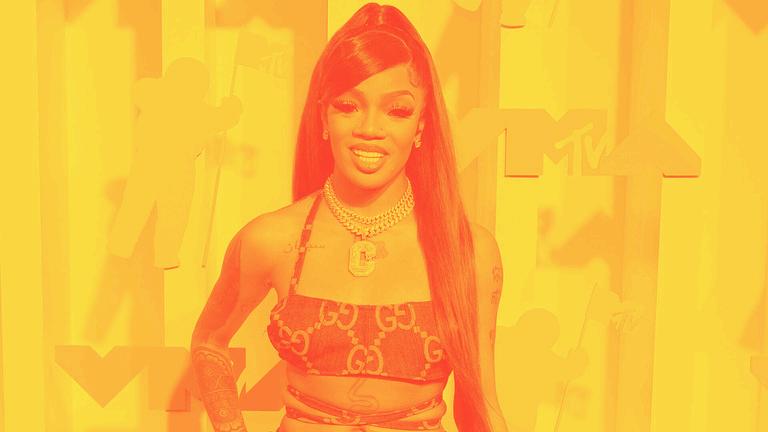

I tend to think of Glorilla in a very similar manner to Ja Morant. Is she the biggest solo rap star to ever hail from Memphis? Probably not, but it certainly seems like she's trending in that direction. After becoming one of last year’s biggest breakout stars, Big Glo has continued to drop massive hits throughout 2024, including the anthem “Yeah Glo!,” which as of this writing is quickly approaching 130 millions streams on Spotify.


Much like his sister, Americana artist Bailey Bigger, Wyly Bigger’s music seems to hail from a bygone era. Steeped in the musical traditions of Memphis and his hometown of Marion, Arkansas, Bigger’s take on piano-driven rock’n’ roll and boogie-woogie has made him a local favorite around town. For his debut album Broken Telephone, Bigger worked with local stalwart Mark Edgar Stuart and a cast of other local all-stars to create music that keeps the past alive with the spirit of the present.


So technically “Helium,” the breakout single from duo
Isabella&Sebastian (Isabella DeFir and Sebastian Stephens), was released earlier this year, but we’re late to the party and are willing to make an exception. The duo, who describes their music as “synth-infused analog-driven pop” has garnered attention from fans from around the world, and they’re just getting started. Given the current musical landscape that is dominated by female-led pop vocalists, Isabella&Sebastian are well-positioned for a massive 2025.

A heartfelt thanks to all of the contributors, artists, sponsors, and everyone else who helped to make this magazine possible. Please help to share the word, and we’ll see you soon for Q4!
